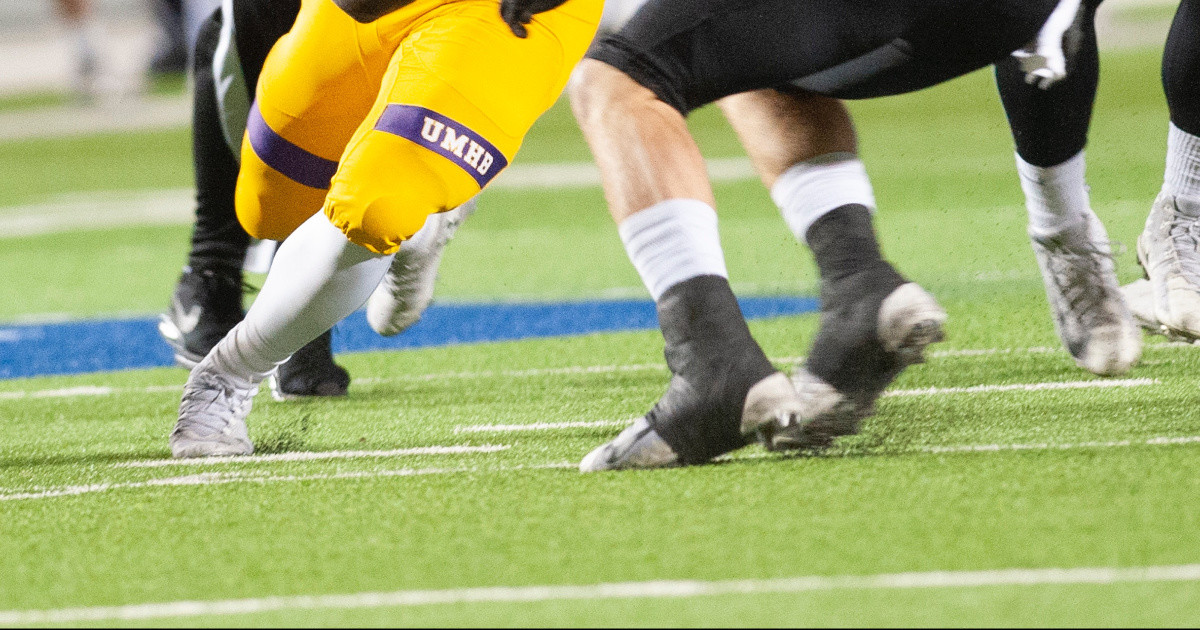Sports Related Foot and Ankle Injuries
A special issue of Applied Sciences (ISSN 2076-3417). This special issue belongs to the section "Applied Biosciences and Bioengineering".
Deadline for manuscript submissions: closed (20 May 2024) | Viewed by 22498

Special Issue Editors
Interests: orthopaedics and traumatology; musculoskeletal system; hand surgery; foot and ankle surgery; regenerative surgery; connective tissue engineering
Special Issues, Collections and Topics in MDPI journals
2.1st Orthopaedic and Traumatologic Clinic, IRCCS Istituto Ortopedico Rizzoli, Via Giulio Cesare Pupilli 1, 40136 Bologna, Italy
Interests: foot and ankle surgery
Special Issues, Collections and Topics in MDPI journals
Special Issue Information
Dear Colleagues,
This Special Issue aims to address the frequent foot and ankle pathologies due to sporting activities. More and more people practice sports today, and unfortunately, too often without adequate physical preparation. High-level athletes, on the other hand, are pushed to ever greater performances by forcing their feet to the limit of safety. As a result, a multitude of injuries are prevented, diagnosed, and treated on a daily basis. We must consider both macro- and micro-traumas, with their risk factors and the diagnostic and therapeutic paths from conservative orthopedic to regenerative and surgical treatment up to rehabilitation and insurance aspects. Various professional figures can therefore contribute to this Special Issue: orthopedists, traumatologists, podiatrists, physiatrists and physiotherapists, sports doctors, athletic trainers, and anyone who can and wants to deepen one of the countless aspects of this relevant challenge to sports injuries of the foot and ankle. Both original research articles and literature reviews are welcome. We look forward to your contribution.
Prof. Dr. Massimiliano Leigheb
Prof. Dr. Antonio Mazzotti
Prof. Dr. Elena Manuela Samaila
Guest Editors
Manuscript Submission Information
Manuscripts should be submitted online at www.mdpi.com by registering and logging in to this website. Once you are registered, click here to go to the submission form. Manuscripts can be submitted until the deadline. All submissions that pass pre-check are peer-reviewed. Accepted papers will be published continuously in the journal (as soon as accepted) and will be listed together on the special issue website. Research articles, review articles as well as short communications are invited. For planned papers, a title and short abstract (about 100 words) can be sent to the Editorial Office for announcement on this website.
Submitted manuscripts should not have been published previously, nor be under consideration for publication elsewhere (except conference proceedings papers). All manuscripts are thoroughly refereed through a single-blind peer-review process. A guide for authors and other relevant information for submission of manuscripts is available on the Instructions for Authors page. Applied Sciences is an international peer-reviewed open access semimonthly journal published by MDPI.
Please visit the Instructions for Authors page before submitting a manuscript. The Article Processing Charge (APC) for publication in this open access journal is 2400 CHF (Swiss Francs). Submitted papers should be well formatted and use good English. Authors may use MDPI's English editing service prior to publication or during author revisions.
Keywords
- foot
- ankle
- lesion
- sport
- orthopedics
- trauma
Benefits of Publishing in a Special Issue
- Ease of navigation: Grouping papers by topic helps scholars navigate broad scope journals more efficiently.
- Greater discoverability: Special Issues support the reach and impact of scientific research. Articles in Special Issues are more discoverable and cited more frequently.
- Expansion of research network: Special Issues facilitate connections among authors, fostering scientific collaborations.
- External promotion: Articles in Special Issues are often promoted through the journal's social media, increasing their visibility.
- Reprint: MDPI Books provides the opportunity to republish successful Special Issues in book format, both online and in print.
Further information on MDPI's Special Issue policies can be found here.







